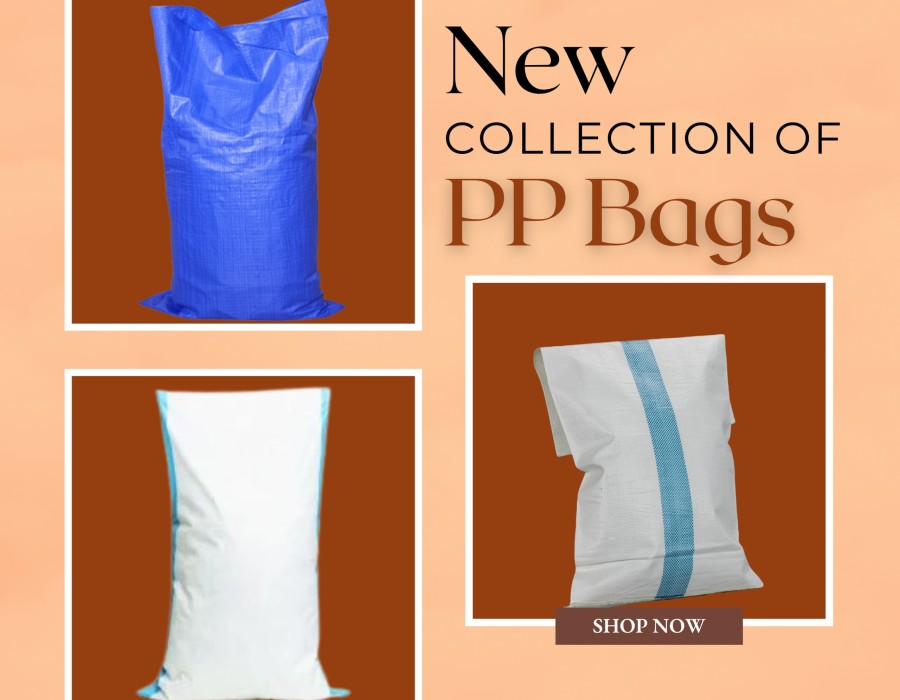Introduction
Polypropylene (PP) bags have become a staple in various industries due to their durability, versatility, and cost-effectiveness. These PP bags are widely used for packaging, storage, and transportation of goods across different sectors, including agriculture, retail, and manufacturing. However, as market demands evolve, there is a growing need to enhance the functionality of these bags to meet more specific requirements.
Overview of Polypropylene (PP) Bags
Polypropylene bags are made from a type of thermoplastic polymer known for its strength and resistance to chemical exposure. These bags offer numerous benefits, such as being lightweight, recyclable, and cost-efficient. The inherent properties of PP bags make them suitable for a wide range of applications, from carrying groceries to packaging industrial products.
Understanding Lamination
What is Lamination?
Lamination is a process where a thin layer of protective material is applied to the surface of polypropylene (PP) bags. This layer can be made from various materials such as plastic films or specialized coatings. The primary purpose of lamination is to enhance the durability and resilience of PP bags, making them more versatile and suitable for a wide range of applications.
Types of Lamination Used in PP Bags
- Glossy Lamination
- Matte Lamination
- UV Lamination
- Thermal Lamination
Benefits of Lamination for PP Bags
Laminated PP bags offer numerous benefits that significantly enhance their functionality:
- Increased Durability
- Enhanced Barrier Properties
- Improved Print Quality
- Water Resistance
- Eco-Friendly Options
By understanding these benefits, it’s clear that lamination significantly enhances the functionality and versatility of polypropylene (PP) bags.
Exploring Linear Features
Definition of Linear Features in PP Bags
Linear features in PP (polypropylene) bags refer to the structural design elements that enhance the bag’s functionality and performance. These features include elements like gussets, pleats, and seams, which are strategically integrated into the bag’s design to improve its capacity, durability, and usability. Understanding these features is crucial for appreciating how they contribute to making PP bags more versatile.
Common Linear Features:
- Gussets
- Pleats
- Seams
Benefits of lamination and linear features in PP bags
- Durability
- Lifespan
- Aesthetics
- Functionality
By integrating lamination and linear features, PP bags become highly versatile, offering enhanced functionality, durability, and aesthetic appeal. These improvements make laminated and linear-designed PP bags an ideal choice for a wide range of industries and applications.
Conclusion
In conclusion, the integration of lamination and linear features in polypropylene (PP) bags significantly enhances their functionality, durability, and aesthetic appeal. Through processes like lamination, these bags gain increased durability against tears, punctures, and abrasions, while also benefiting from enhanced barrier properties such as protection against moisture, UV rays, and chemicals. Moreover, the addition of linear features like gussets, pleats, and reinforced seams allows for maximized storage capacity and improved structural integrity, making PP bags suitable for a diverse range of applications. With their enhanced attributes, laminated and linear-designed PP bags emerge as a top choice across industries, offering reliability, versatility, and sustainability in packaging solutions.





Comments